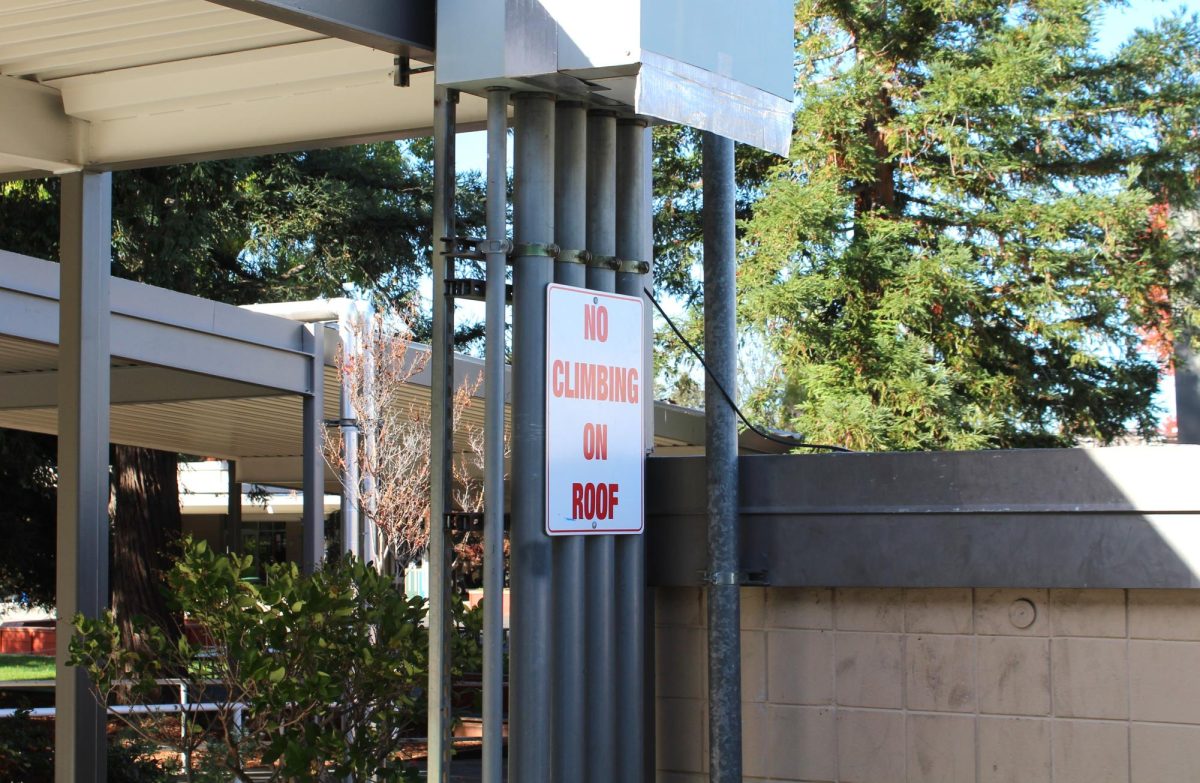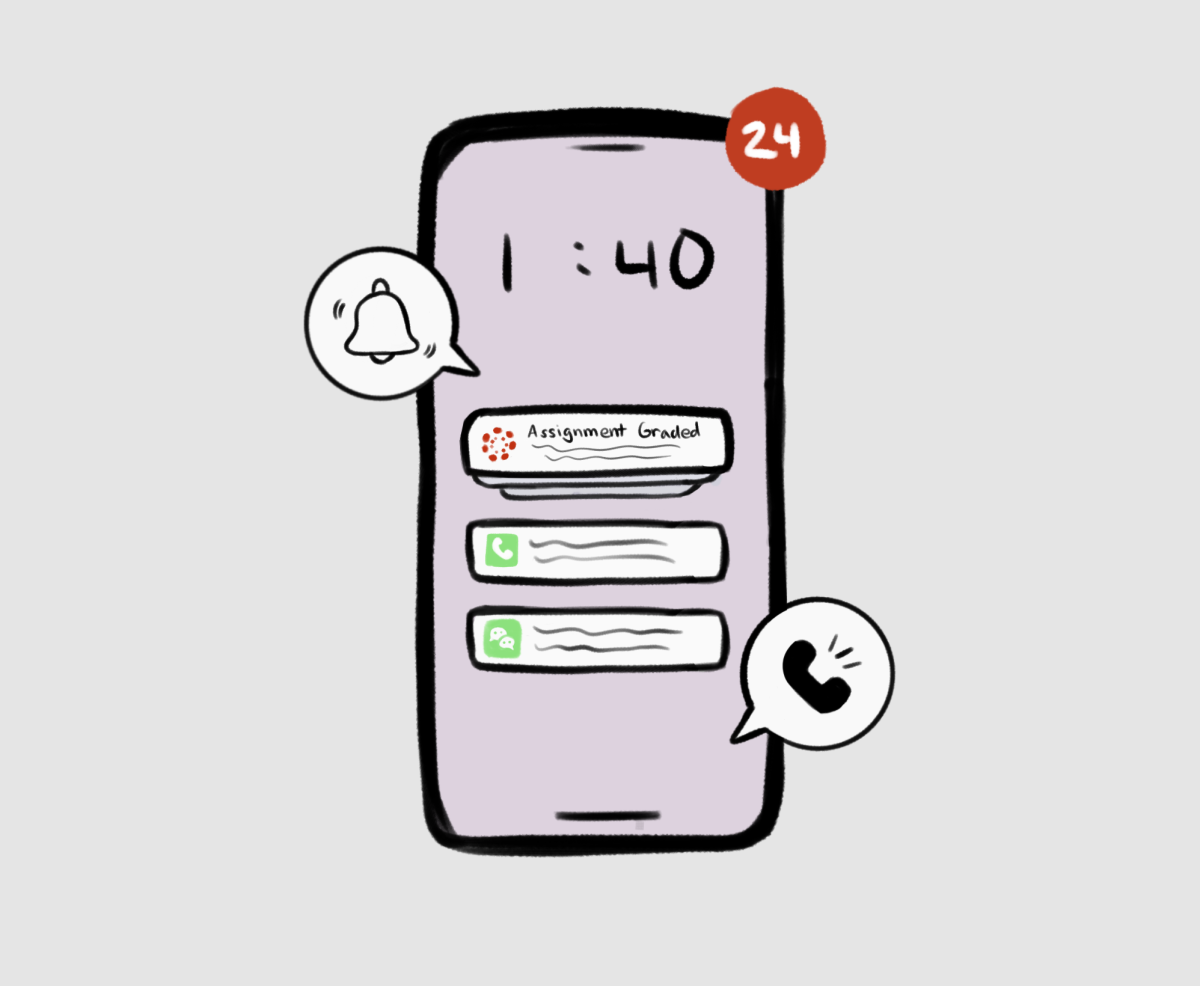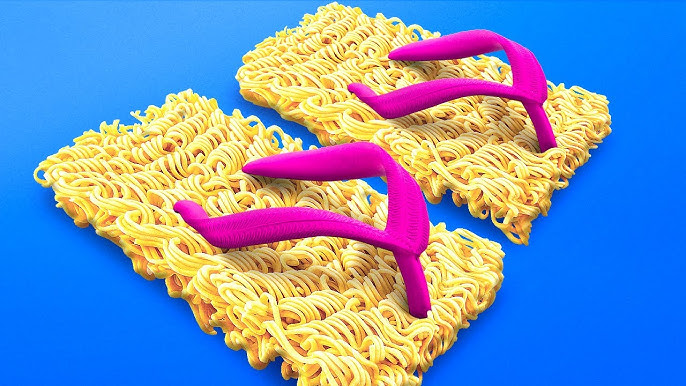It’s near the end of my freshman year of high school, and I’m sitting in my bedroom alone. Staring at tiny faces on my computer screen, I’m wondering how long it would take to get to know all these people, let alone befriend one.
Coming into the district from a private middle school, I struggled to make friends during the big leap from middle to high school. It was exceptionally hard to socialize when all you could see was a classmate’s name in white font over a gray box. Breakout rooms, meant to “encourage discussion,” were even more awkward. No one talked, and many turned their cameras off.
I was not alone in my predicament. Many students transfer into the school each year, often from private schools or other public districts and were equally on the outside looking in.
Of course, the impacts of the remote year were not limited to just students who transferred from private schools or other public districts. As the year ends, the sophomore class’s struggles due to last year’s online school have become apparent: Huge swathes of sophomores skip school spirit events and students who were insufficiently prepared for harder courses have seen their grades decline in classes like Chemistry Honors and advanced math classes.
The online school format prevented the school from hosting its usual dances, rallies and other spirit activities. Even when it did, few students knew about them, let alone participated. As a result, current sophomores who spent their early high school experience online did not pick up on the culture of school spirit from upperclassmen.
Although we got the opportunity to attend school on-campus during phase 4A in April 2021, our socializing abilities were still impeded by social distancing and mask requirements. For my classes, I often walked into silent classrooms where every person was glued to their phone.
Even students already part of the district lost the vital experience of being a part of school spirit, which has not bounced back to pre-pandemic levels.
By all measures, sophomore class spirit is not good. Fewer sophomores participate in ASB and student leadership, fewer people attend dances or school activities and more teachers have often resorted to offering extra credit to encourage students to attend spirit events.
Additionally, transitioning from freshman year to sophomore year was difficult academically. Freshman year was, for many of us, even easier than middle school, and tackling tough sophomore-year classes was a huge academic leap.
Our freshman-to-sophomore year experience definitely can’t beat the juniors’ transition from sophomore to junior year, where juniors became swamped in a plethora of AP and honors classes. But an online freshman year with take-home tests, changed weighting and completion-based homework made us ill-prepared to take on the challenges of a normal high school year.
Now that it nears the end of our sophomore year, it seems that, although school spirit continues to lack, students seem to have improved academically. Many were thrown in the deep end with the transition from easy online learning to tougher in-person learning, and they either became used to the academic rigor or dropped to easier classes.
The school can improve school spirit by promoting clubs as an alternate way to get involved in the school by incentivizing teachers to be club advisers and by giving small amounts of funding to individual clubs. They can also work to prevent students from skipping rallies by tightening security around the school and asking teachers to close their rooms during rallies.
I’m not urging you to pity the sophomore class — there certainly were upsides to our stay-at-home year, like plenty of free time to pursue hobbies. However, the downsides left us far behind and more like freshmen socially and academically.


























